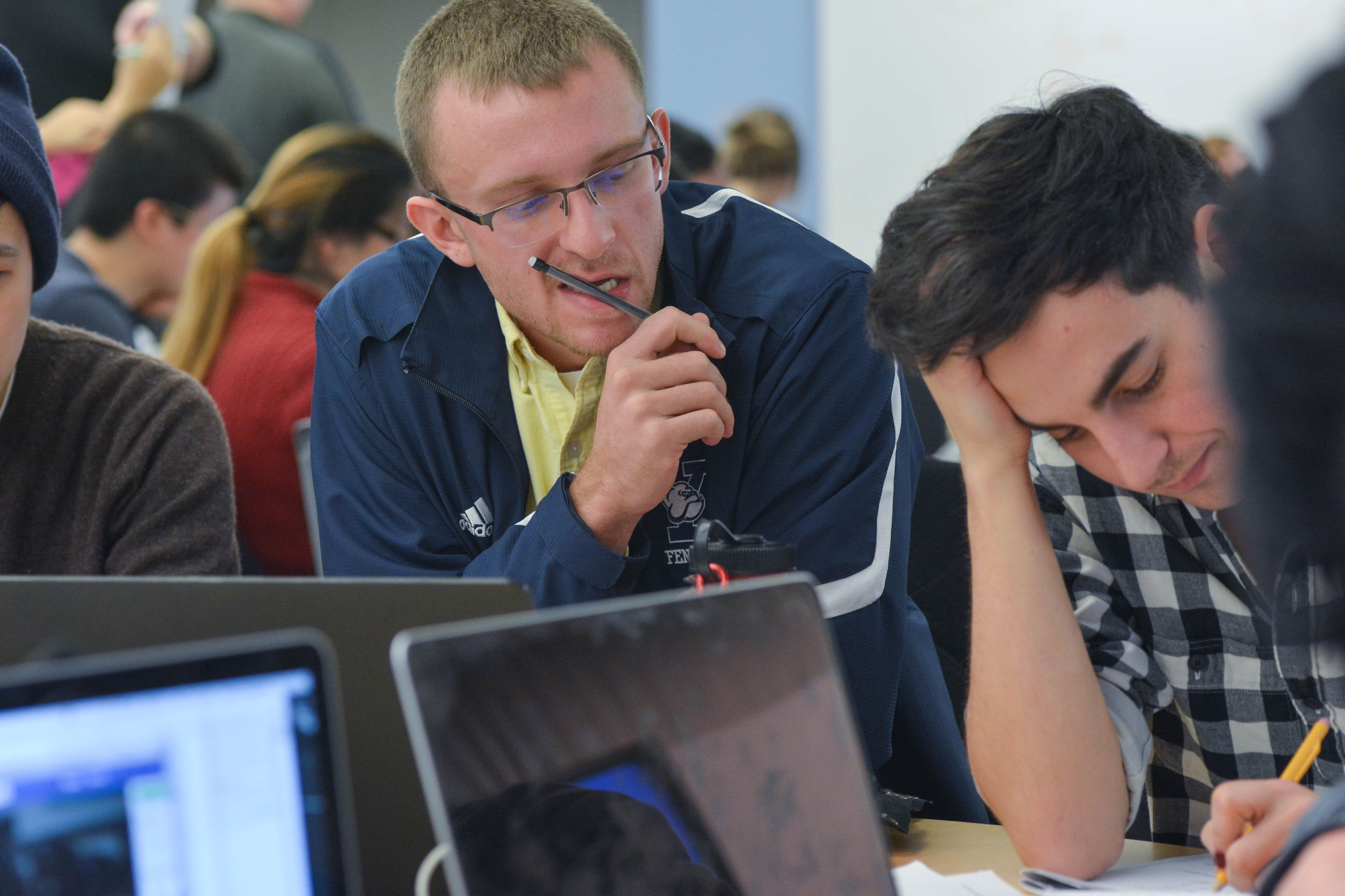CBL presents an excellent opportunity to encourage students to collaborate in groups. Research has found that students learn from each other when examining case studies by brainstorming together, bouncing ideas off of one another, probing each other, and sharing specialized knowledge (Thurman et al., 2009). In large classes, students can work with peers nearby, while in small classes with more flexible seating arrangements, teams can move their chairs close together.
When students work in diverse teams, they can be exposed to a variety of perspectives that can help them solve the case. Depending on the context of the course, priorities, and the background information gathered about the students enrolled in the class, instructors may choose to organize student groups to allow for diversity in factors such as current course grades, gender, race/ethnicity, personality, among other items.
Instructors can facilitate learning by walking around to monitor student progress as well as identify and support any groups that may be struggling. Teaching assistants can also play a valuable role in supporting groups. If several groups appear to be confused on key concepts, it is helpful to guide the entire class using a mini-lesson or discussion questions.

